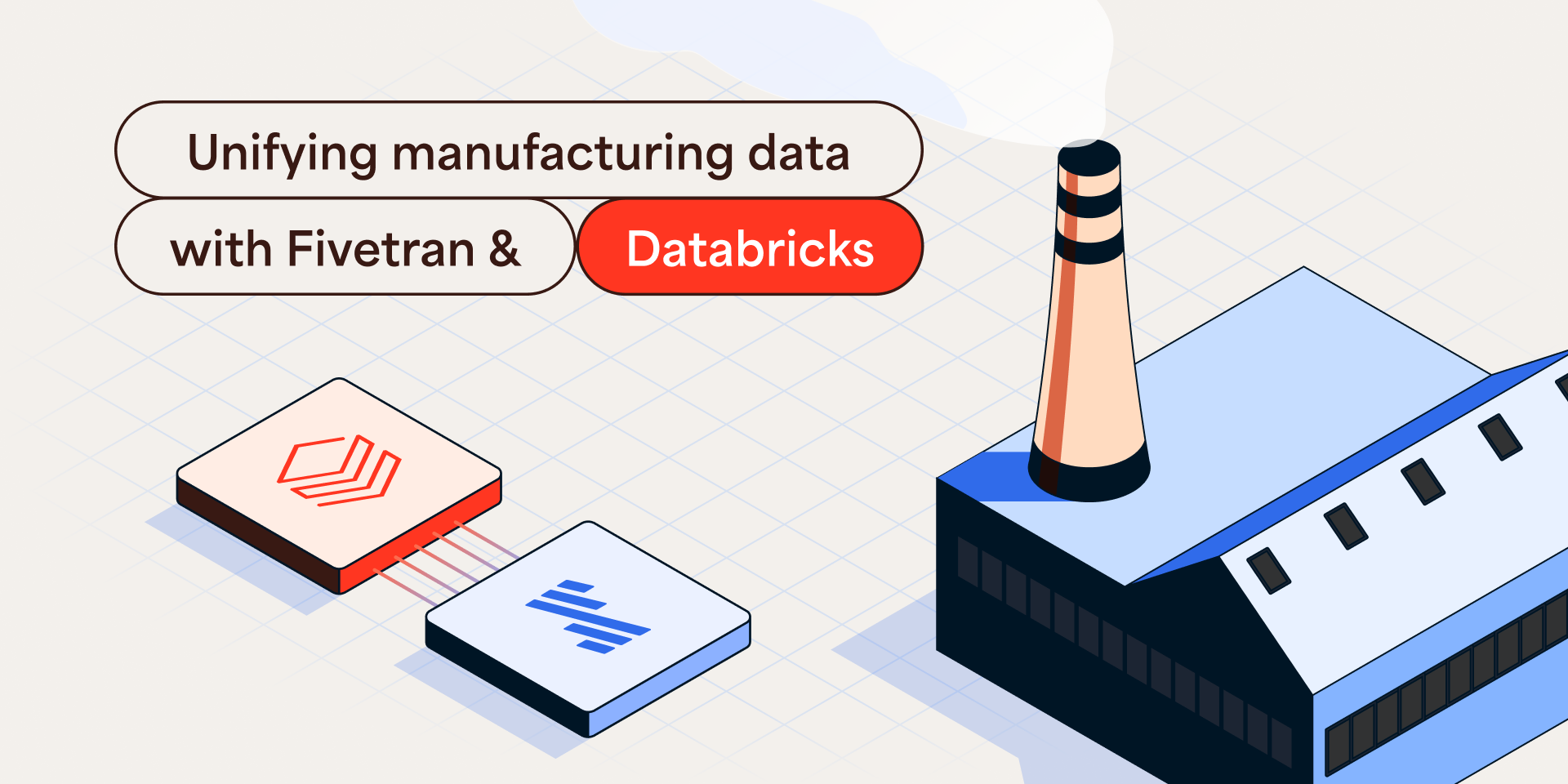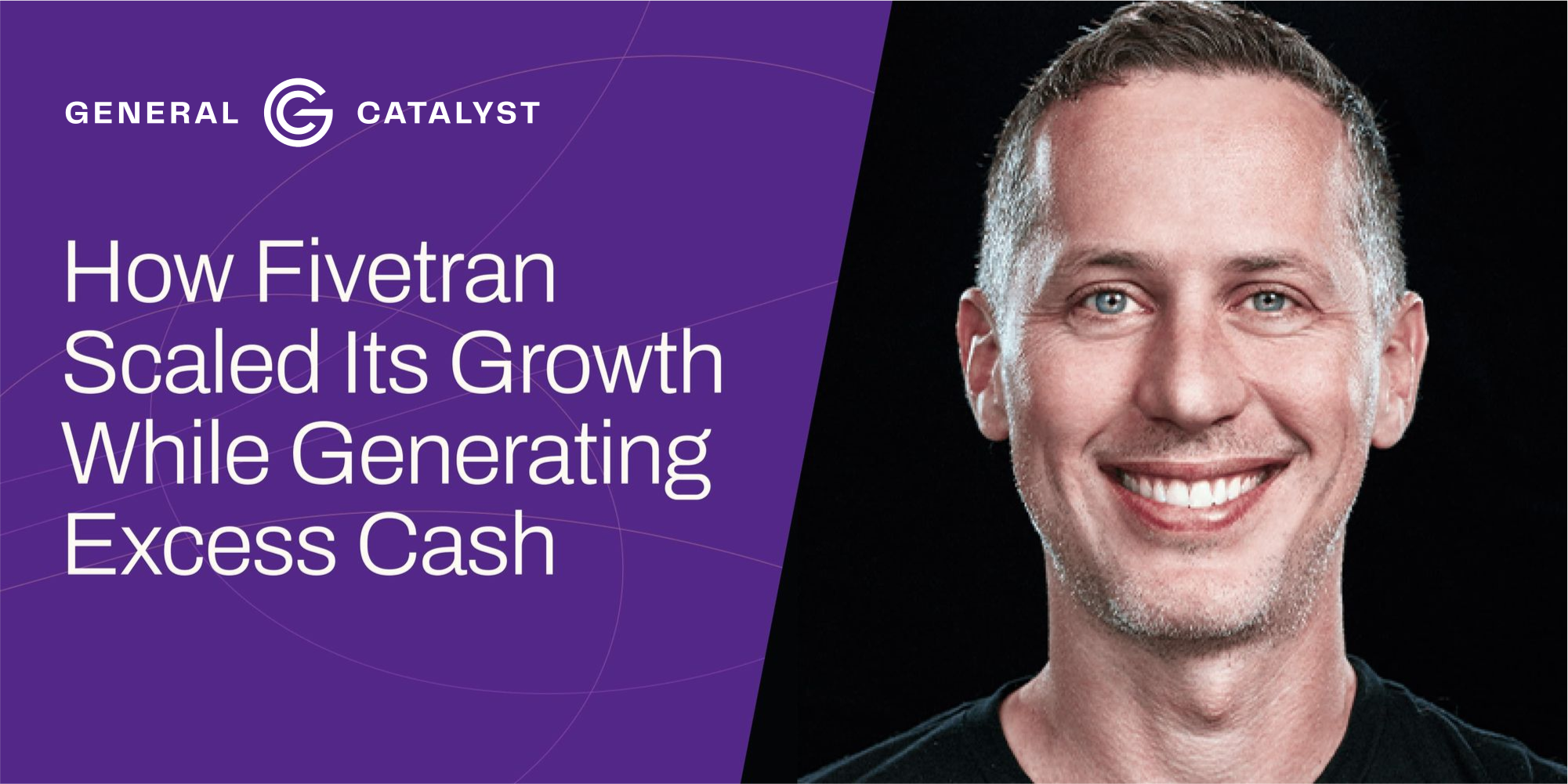Generative AI is getting a lot of buzz, but there are many other AI use cases for business data, including predictive AI. In a conversation with Parag Shah, Senior Director of Data and Analytics at Rocket Software, on our brand new podcast called the “Data Drip,” we dig into the power of predictive AI and how to build a scalable data stack that can support it.
With more than 15 years of experience building data teams across industries, including for Staples and Bank of America, Shah specializes in modern data and business intelligence (BI) stacks. When he joined Rocket Software in 2019, he and the CIO saw the potential to harness the power of predictive AI.
Here’s a look at how Rocket Software built a scalable data stack and why Shah is betting big on predictive AI, and not just GenAI, in 2024.
Setting a modern data foundation for AI
When Shah started at Rocket Software, they lacked a fully modern architecture. They would extract the data from an unstructured source, process it in another tool, put it back into that unstructured source and then upload it to a BI tool. The company struggled with maintenance and high latency, and changes took weeks.
Rocket Software makes a lot of acquisitions, so it became important to build for scale and cost efficiency. “The way we look at cost efficiency is having a distributed storage and compute, so you know where your dollars are being spent,” says Shah.
As part of a three-year roadmap to support predictive AI, Rocket Software implemented Fivetran to meet its data integration needs. The company needed a solution that could support a lot of different data sources and provide flexibility and scalability.
“We did our largest acquisition at Rocket in 2021 and acquired all the data in two weeks. That was a direct result of the modern data stack that we implemented,” says Shah.
How Rocket Software is using predictive AI
Now that Rocket Software has the data foundation to support predictive AI, Shah plans to use predictive AI to forecast customer churn “with a reasonable degree of accuracy and lead time,” such as whether a customer is likely to leave within the next year, ultimately to improve operational efficiencies.
“I want to prove that we can build this customer churn and cross-sell/upsell models and impact both revenue and retention,” Shah adds. “If we can do that, what you'll see is come 2025, we'll want to invest in a propensity-to-buy model. Maybe we'll have some level of personalization for our customers that we want to implement using data science, AI and ML.”
To hear the full conversation about his take on AI and more, listen and download the episode here.



















.svg)
.svg)
.svg)